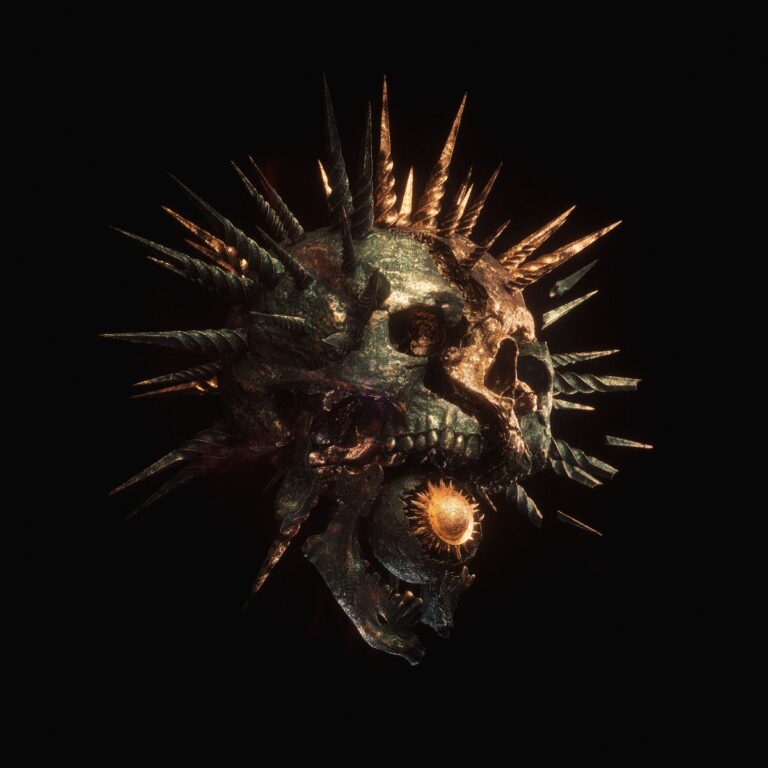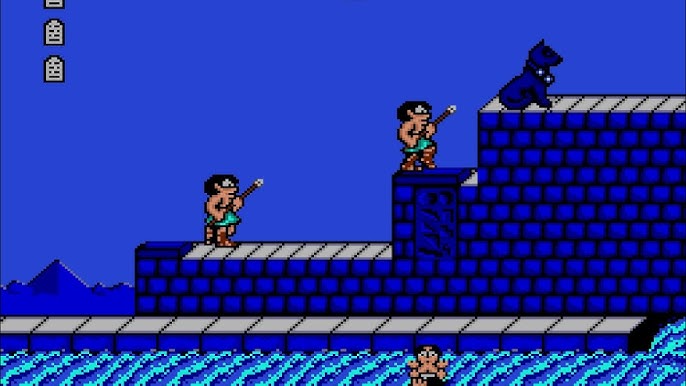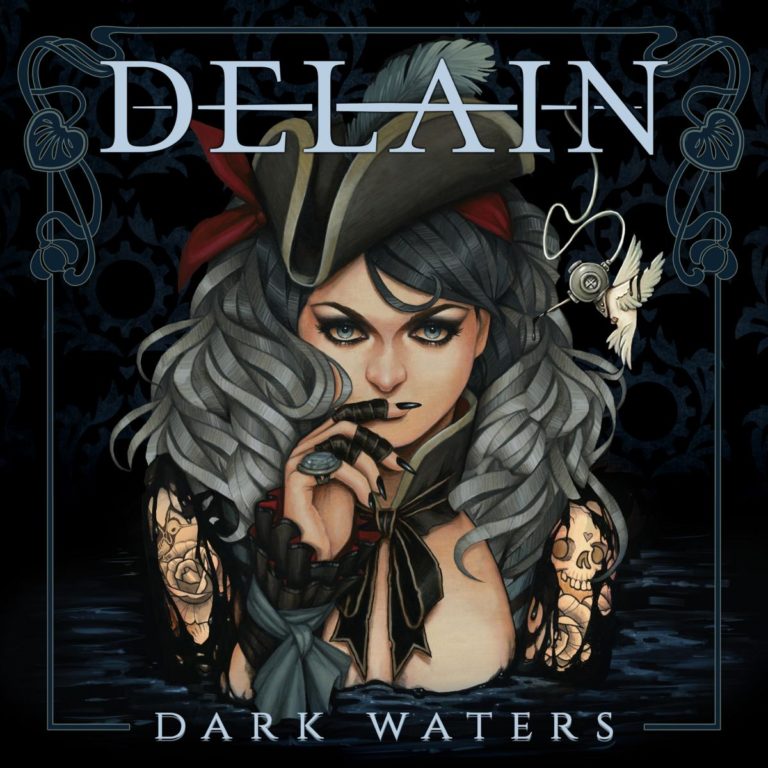Welcome back to my annual music countdown! As is tradition here on IC2S, I go back through...
disappointment
Welcome back to the Ape Escape Love/Hate series! As I alluded to at the end of the...
Welcome back to the Ape Escape Love/Hate series! I covered the main entries in this franchise last...
25. Jaws: The Revenge (1987) Kicking off our bottom twenty-five, we have another legendarily bad sequel, Jaws:...
50. Halloween II (2009) Credit where it’s due: Rob Zombie tries to do something completely new with...
Rounding out this new series of favourite and least favourite media, we have my list of the...
So, since I went through my top 100 games of all-time, I thought it might be interesting...
Welcome back to the Resident Evil love/hate series! In this entry we’ll be going over one of...
Welcome back to my annual music countdown! Last year I went overboard with more than fifty album...
Surprise, surprise, the first half of 2021 was much like 2020 with lockdowns and social restrictions making...
As you can probably tell if you’ve frequented this blog, you’ll know that I have a thing...
Last week Game of Thrones fans were finally treated to the battle which the series had been building...
I was listening to a podcast the other day and someone mentioned off-hand that there was a...
Hey… it’s been a super long time since I made a post. Considering that I left shortly...













